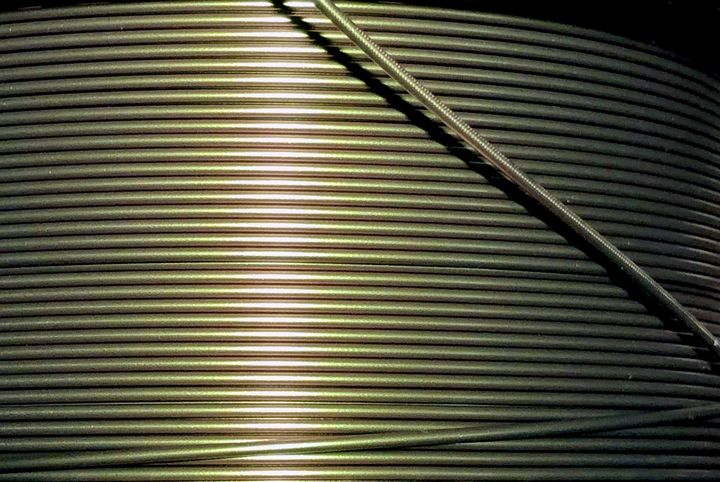
Recent events in the plastics industry suggest that we could see drops in pricing for 3D printer materials — or not.
Pricing for many items has been highly unpredictable for many reasons in the past couple of years. Some of the challenges have included:
- Factories closed or degraded due to pandemic lockdowns
- Factories destroyed by fires or climate events
- Factories shifting to alternate products and not “coming back”
- Shipping container management imbalances
- Unexpected high and low demands from the market
- Profiteering
One effect was that shortages meant that polymer manufacturers were providing quota allocations to customers, thus drastically reducing the quantity of products produced with that resin.
It’s not surprising then that 3D printing material prices have gone up somewhat in the past two years. A spool of filament could suffer from resin shortages, shipping rate increases, delays and profiteering by the few who actually have this stuff in stock.
While shipping rates remain high, what’s happening with the resin prices? Resin is the base material for all polymer 3D print materials, including powders, filaments, pellets and liquids.
I read a recent report on Plastics Today, an industry publication that tracks such activity, and found some interesting items.
The report suggests that as of this month, there is a glut of resin supply and “dismal” demand for it. This has caused spot prices (real time sales, as opposed to future contracts months in advance), to continue to drop. Apparently the resin prices peaked in May, but have been dropping ever since. The cost of oil, the base substance from which many polymers are produced, has been dropping, and even railcar pricing has decreased somewhat. The report said there have been new factories opening as well.
The monthly ICIS Petrochemical Index (IPEX) also suggests a near-collapse in polymer pricing. Two additional reasons for this shift are that many of China’s factories have slowed consumption due to lockdowns, and many factories in Ukraine have ceased operation due to the war.
While this sounds like terrible news for chemical companies, it should be good news for 3D printer operators.
With the cost of raw materials dramatically decreasing, we should see cheaper 3D printer materials, shouldn’t we?
Well, hold on a moment. It’s more complicated than you might imagine.
There’s a long chain of events that transforms oil or other base materials into a neatly packaged spool of pink filament arriving at your doorstep. Consider:
- Oil must be refined into the base resin
- Resins are processed into pellets
- Pellets are shipped to product manufacturers
- Pellets are extruded into filament form and dried
- Individual spools are made from the filament
- Spools are packaged
- Spools are shipped in pallets to distributors
- Spools may be relabeled if they are “White Labeled”
- Distributors ship spools to resellers
- Customers order spools from resellers
- Resellers ship spools to customers
At many of these stages there are processing steps required and even storage buffers of materials. Thus if you have a price change at the top of the sequence, it takes quite a while for those cost changes to flush through this ecosystem.
For example, even though a reseller might have received new, cheaper spools, they still have stock of expensive spools and must recoup their costs for them. Similarly, filament extrusion companies may have palettes of pellets obtained earlier at higher costs. You get the idea.
A second problem exists in that the current environment still has shortages and price increases. Even Stratasys is suffering. Take a look at this note from Stratasys’ Chief Industrial Business Officer, Rich Garrity:
“Stratasys has experienced intermittent manufacturing downtime due to unprecedented market conditions including labor shortages and challenges sourcing raw materials and critical production components. Unfortunately, these conditions will continue to cause supply shortages as we work through our recovery plans.”
They even suggested using substitute support materials: SR30 can be used in place of the absent SR35.
In a world that expects shortages and price increases, it is likely too tempting for resellers to keep their prices high even if they start receiving lower cost products and raw materials. I suspect this scenario will be maintained as long as they can. My expectation is that some provider looking to make a splash will eventually come out with lower priced products and only then will the majority follow suit.
For now, however, we must live through some higher prices.
Via Plastics Today
